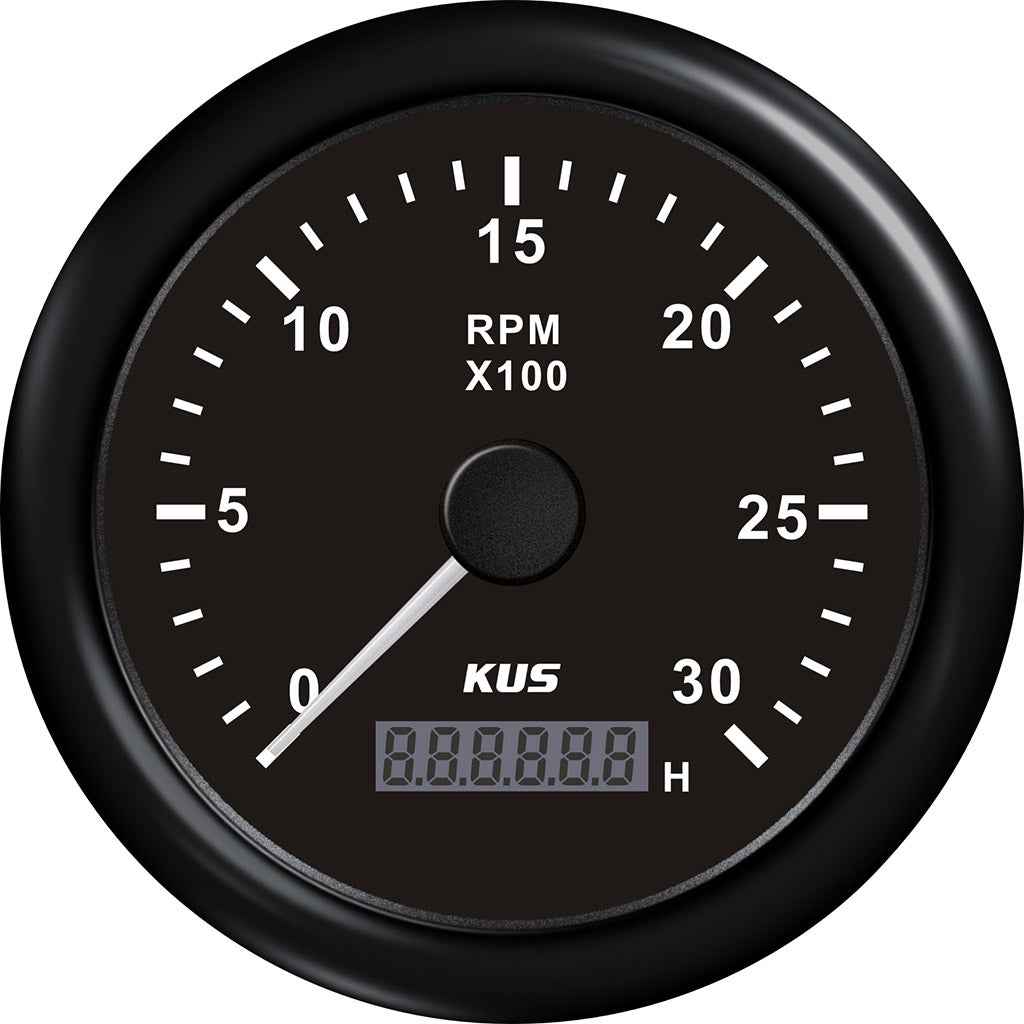Tachometer Purchasing Overview: Attributes to Search For and Finest Brand names
Tachometer Purchasing Overview: Attributes to Search For and Finest Brand names
Blog Article
The Significance of a Tachometer in Keeping An Eye On Engine Rate and Performance in Automotive Applications
In the world of automobile engineering, the tachometer stands as a pivotal instrument in the chauffeur's toolbox, giving a direct home window right into the internal workings of a vehicle's engine. Beyond its feature as a mere gauge of transformations per min (RPM), the tachometer works as an essential tool for fanatics and professionals alike, offering real-time understandings right into engine performance and wellness. Recognizing the importance of this tool exceeds surface-level observations, diving into the detailed connection between engine rate, power result, and general driving experience. As we explore the diverse role of the tachometer in automobile applications, a much deeper appreciation for its effect on car characteristics and efficiency begins to emerge.
Relevance of Keeping An Eye On Engine RPM
Monitoring engine RPM, or revolutions per minute, is a critical aspect of auto upkeep and performance evaluation. Engine RPM directly correlates with the speed at which the engine's crankshaft turns, indicating how swiftly the engine is running.
Furthermore, monitoring engine RPM is necessary for performance assessment in auto racing and high-performance vehicles. In summary, checking engine RPM is not only important for identifying issues but additionally for optimizing engine performance in numerous auto applications.

Advantages of Real-Time Data
In automobile applications, real-time information plays an essential function in giving instantaneous understandings into the efficiency and problem of the vehicle. By constantly monitoring various parameters such as engine speed, temperature, gas intake, and a lot more, real-time data provides various advantages that add to improved effectiveness and safety when driving.
Furthermore, real-time data promotes performance optimization by supplying prompt comments on driving behaviors and engine performance. Vehicle drivers can readjust their habits in real-time based on this info to achieve better gas economic climate and extend the life-span of their vehicle.

In addition, real-time information plays an essential duty in contemporary automotive diagnostics, enabling service technicians to rapidly detect and resolve malfunctions. This leads to minimized downtime, lower upkeep costs, and eventually, enhanced overall lorry integrity and long life (tachometer). By using the power of real-time information, automobile stakeholders can make enlightened choices that favorably affect both i was reading this the performance and durability of the lorry
Effect on Gear Shifts
Efficient gear shifts in auto applications significantly influence general performance and driving experience. The tachometer plays an essential role in optimizing equipment changes by providing real-time engine speed data to the motorist. When coming close to the redline on the tachometer, it indicates the driver to upshift to avoid over-revving the engine and causing prospective damage. On the other hand, downshifting at the ideal moment can help keep the engine in its power band, making sure receptive acceleration when required.
Furthermore, the tachometer help in attaining smoother gear transitions, particularly in hand-operated transmissions. By checking engine speed, chauffeurs can carry out gear shifts at the ideal RPM array, decreasing jerking activities and reducing wear on the transmission elements. This accuracy on duty modifications not just improves driving comfort yet likewise adds to sustain efficiency.
Enhancing Fuel Effectiveness
Offered the critical duty the tachometer plays in optimizing equipment shifts for performance and engine health, it directly adds to making the most of fuel effectiveness in auto applications. By supplying real-time feedback on engine rate, the tachometer aids motorists in preserving the most efficient RPM array for gas economic climate. When drivers continually keep an eye on the tachometer and change their driving practices as necessary, they can prevent unneeded gas usage triggered by over-revving or carrying the engine.
Moreover, the tachometer aids vehicle drivers recognize the most fuel-efficient equipment to be in at any type of provided moment, protecting against the engine from functioning tougher than required. In final thought, the tachometer serves as a valuable tool in boosting gas efficiency by promoting optimal driving habits and recognizing locations for improvement in the vehicle's performance.

Optimizing Engine Longevity
The tachometer's role in keeping track of engine speed and efficiency is important in making certain the long life of automotive engines. Checking the tachometer enables motorists to remain within the advised RPM range for their automobile, protecting against unnecessary stress on the engine and expanding its life-span.

Final Thought
Finally, the tachometer plays a crucial role in keeping track of engine rate and efficiency in auto applications. By offering real-time information on RPM, it allows for effective equipment changes, boosted gas efficiency, and optimized engine longevity. This tool is crucial for keeping ideal engine performance and making certain the total capability of an automobile.
Report this page